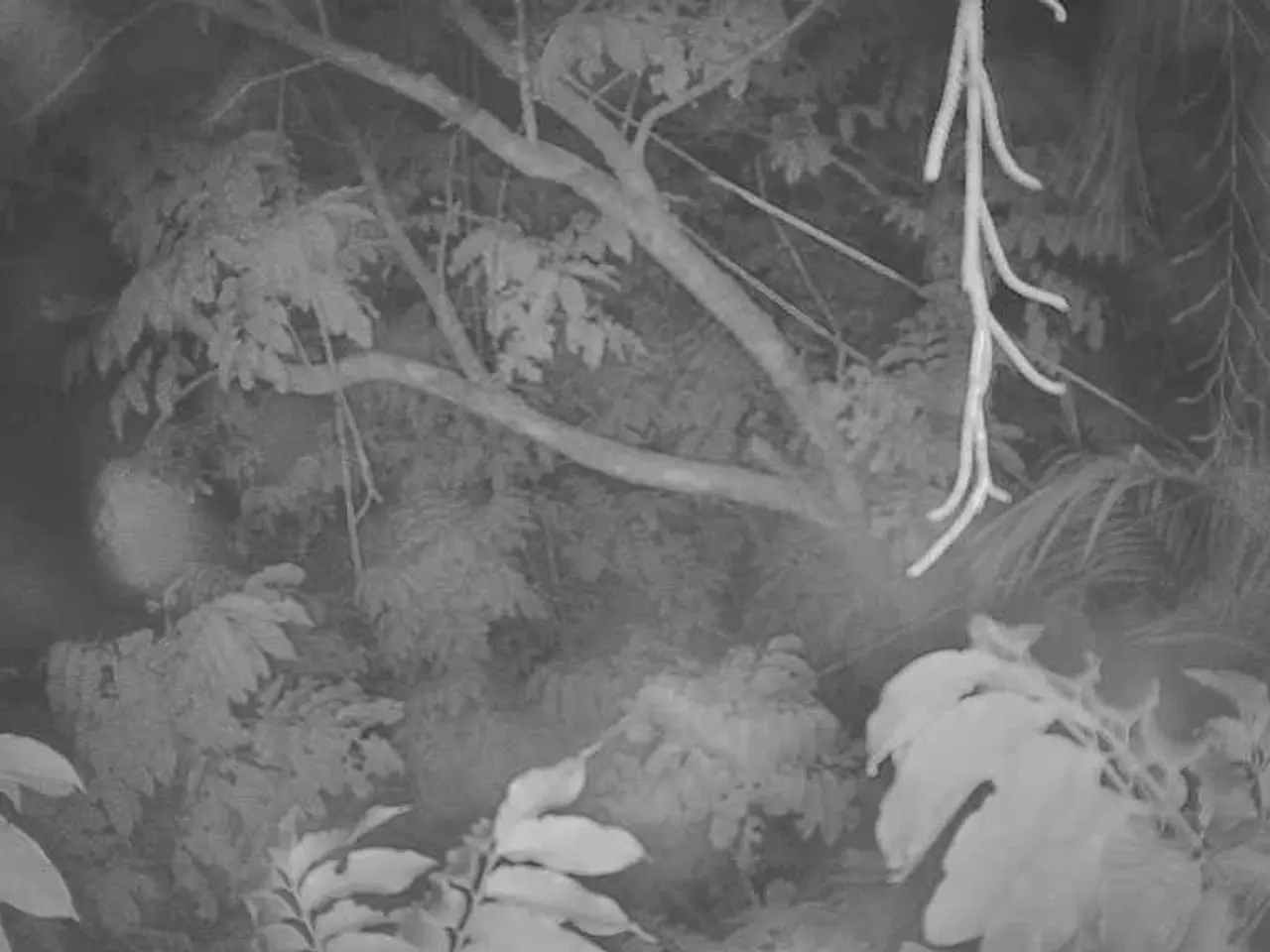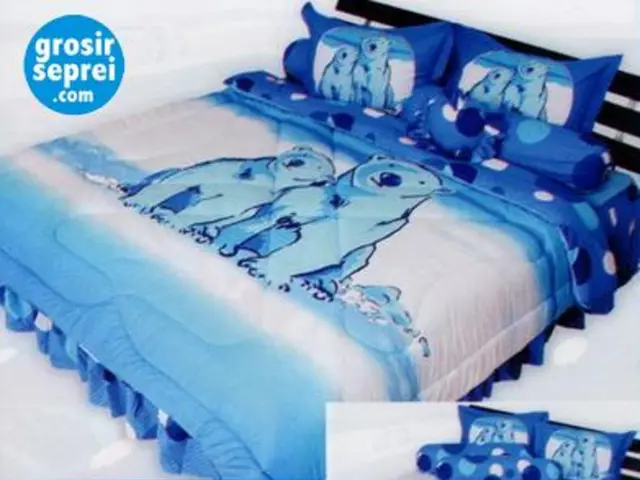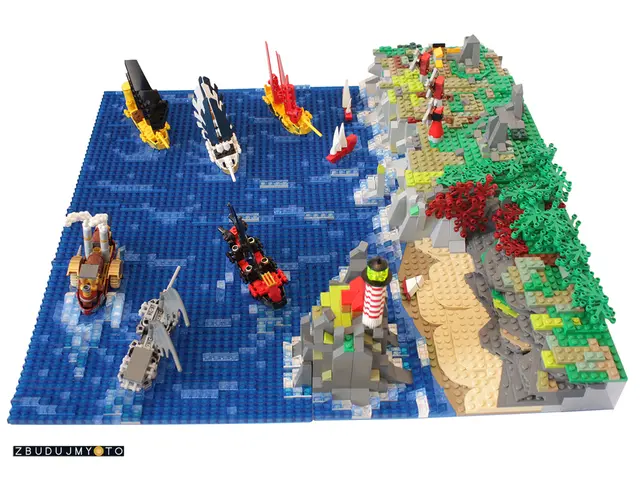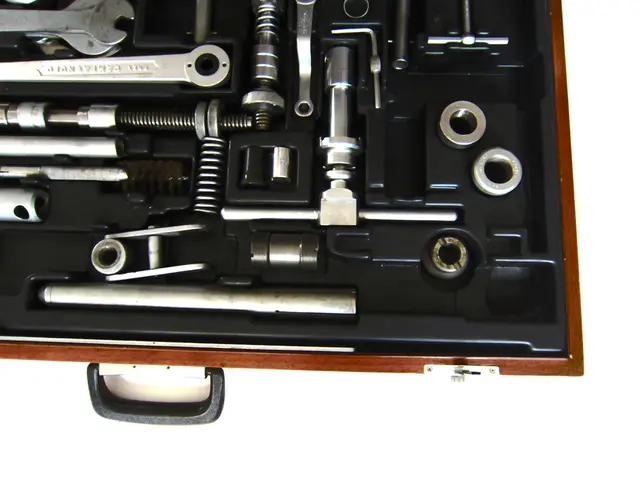Comprehensive Handbook on Nurturing the Perfect Juniper Bonsai
Juniper bonsai trees, popular for their low-maintenance and adaptability, make excellent additions to any home or garden. Here's a guide to help you care for your juniper bonsai, based on recent expert advice.
Positioning your Juniper Bonsai
Juniper bonsai thrive best with plenty of sunlight outdoors. They require bright light and fresh air. While they can be kept indoors temporarily, they are sensitive to low light and indoor dryness. If kept indoors, place them near a bright window with indirect sunlight and avoid exposure to heaters or air conditioners that dry the air.
Watering your Juniper Bonsai
Water your juniper bonsai thoroughly when the soil is dry about 1 inch deep. Junipers prefer slightly dry soil between waterings, so avoid constant wetness to prevent root rot. During the active growing season, water every 5-7 days, adjusting for humidity and temperature. In winter, water less frequently, about every 10-14 days. Use a gentle spray to soak the soil and ensure water drains from the bottom of the pot to reach roots adequately.
Feeding your Juniper Bonsai
Feed your juniper bonsai monthly during the growing season with a balanced fertilizer formulated for bonsai trees to support healthy growth.
Pruning and Shaping your Juniper Bonsai
Pruning dead or damaged branches helps maintain tree health. Shaping and trimming should ideally be done in late winter or early spring, before the growing season starts, to avoid stressing the tree. Use the clip-and-grow method or wiring for shaping. Junipers back bud easily after cutting, which helps in shaping. Avoid pinching new growth to prevent weakening branches; instead, cut back growth with shears. Regularly thin foliage to allow light penetration and prevent inner browning.
Wiring your Juniper Bonsai
When wiring branches, use wire about one-third to one-half the diameter of the branch to hold it firmly but safely in position. Wiring helps train the shape but should be monitored to prevent wire scars.
Repotting your Juniper Bonsai
Repot your juniper bonsai in spring or fall, avoiding winter repotting since cold temperatures hinder root recovery. During repotting, trim older roots to stimulate new root growth. After repotting, keep the tree shaded for 2-3 weeks before returning it to sunlight.
Indoor Growing Conditions for Juniper Bonsai
Juniper bonsai are sensitive to indoor environments. They need moderate humidity, which can be increased with humidity trays or occasional misting with water. Keep them away from dry heat sources and ensure good air circulation. Despite these measures, junipers generally do not thrive indoors long-term and will do best if returned outside as soon as possible.
In summary, Juniper Bonsai require bright light, careful watering—allowing soil to dry between waterings, regular pruning and wiring for shape, occasional feeding in growing season, and repotting every couple of years in spring or fall. While they can be kept indoors briefly, their health is best maintained outdoors with adequate sunlight and fresh air.
Maintaining a Juniper Bonsai indoors demands attention to specific requirements, such as placing it near a bright window with indirect sunlight to simulate natural light, and ensuring moderate humidity with the aid of humidity trays or occasional misting. Additionally, since Juniper Bonsai thrive best in outdoor conditions, it's encouraging to remember that they should ideally be returned to an outdoor setting for long-term health.
In home-and-garden spaces, the diversity of tree species enriches the overall aesthetic. Care resources for nurturing juniper bonsai, such as dedicated lighting, watering schedules, feeding practices, pruning techniques, wiring methods, and repotting schedules, contribute to the successful growth and shaping of these low-maintenance and adaptable trees.




